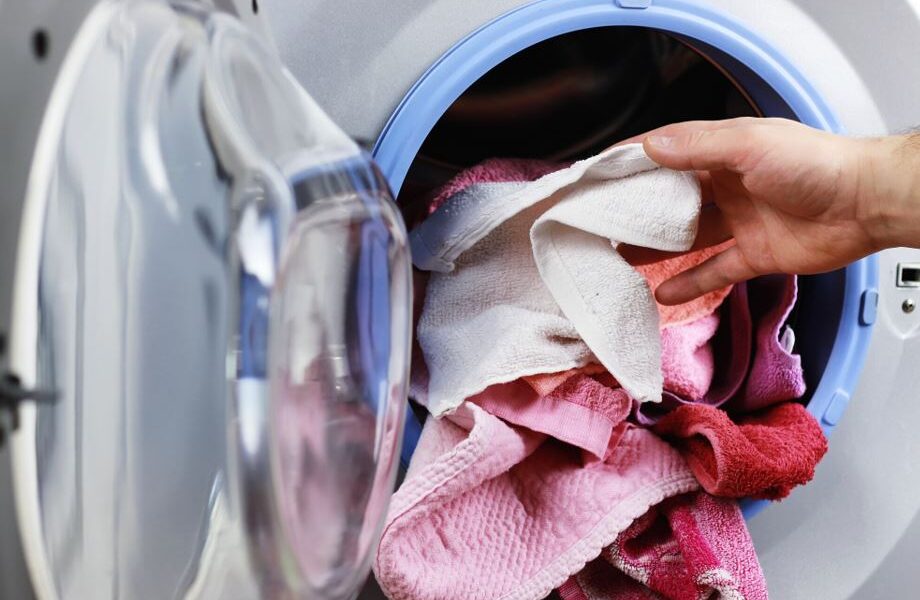When looking for a new dryer, researching is key to getting the best product for your home, your lifestyle, and your budget. The two most types of dryers are ventless and vented dryers. But how do you even know what the difference is between a ventless and a vented dryer?
We’re here to help.
If you want to learn about all the differences between a ventless vs vented dryer and decide which one is best for your home, this guide is for you.
Venting System
Vented dryers are designed to expel moisture and hot air through an external vent or duct system. This system is crucial for maintaining proper airflow and preventing the buildup of humidity in your laundry area. The dryer is connected to a vent pipe that leads outdoors, allowing the damp air to escape.
As the name suggests, ventless dryers do not require an external vent or duct. Instead, they employ innovative technology to manage moisture within the unit itself.
Installation
Installing a vented dryer can be more complex, and it often necessitates professional installation. You must position the dryer near an exterior wall to connect it to the venting system, which may involve cutting through walls or ceilings to create a suitable vent path. This installation can be challenging in spaces without existing venting infrastructure.
Ventless dryers are far more flexible when it comes to installation. They do not require access to an external wall for venting, making them suitable for a wider range of locations.
Energy Efficiency
Vented dryers are generally less energy-efficient than their ventless counterparts. This is because they expel hot air along with moisture, resulting in heat loss. As a result, vented dryers may consume more energy and contribute to higher utility bills over time.
Ventless dryers are typically more energy-efficient. They employ advanced technologies like heat pumps to recirculate and reuse warm air within the dryer, thus reducing heat loss. This energy efficiency can lead to cost savings in the long run, making ventless dryers an environmentally friendly choice.
Drying Time
Vented dryers often have shorter drying times due to their direct expulsion of hot, moist air from the drum. However, the actual drying time can vary based on factors such as load size and fabric type.
Ventless dryers may have slightly longer drying times because they use lower heat settings to prevent overheating the unit. However, the efficiency can vary depending on the specific technology used. Condensation dryers may take longer than heat pump dryers.
Maintenance
Because they get rid of moisture straight through the vent, vented dryers need less maintenance when it comes to managing moisture. But it’s important to clean the vent and duct every so often to keep lint from building up and make sure air flows properly.
Because they get rid of moisture straight through the vent, vented dryers need less maintenance when it comes to managing moisture. In case you ever need replacement components, sourcing genuine OEM dryer parts is critical to maintaining the reliability and efficiency of the dryer.
Understanding the Difference Between a Ventless vs Vented Dryer
In conclusion, when considering whether to go with a ventless vs vented dryer, it is important to weigh the benefits and drawbacks of each option. Both types have their own unique features and it ultimately comes down to personal preference and the specific needs of your home.
Don’t forget to do your research and consult with a professional before your dryer installation. Start exploring your options today!
Check out more of our blogs to learn more about home improvement and other lifestyle topics.








